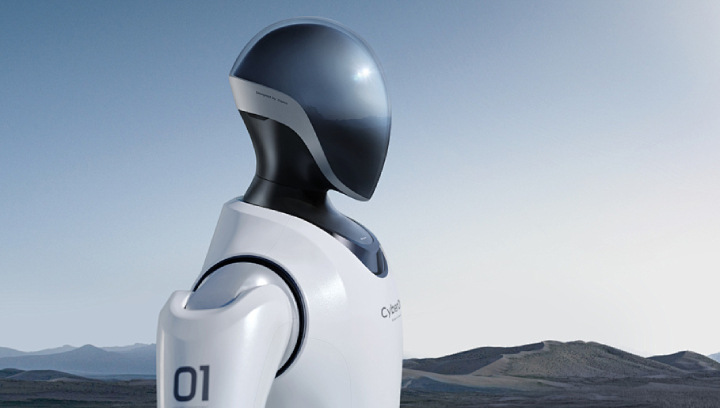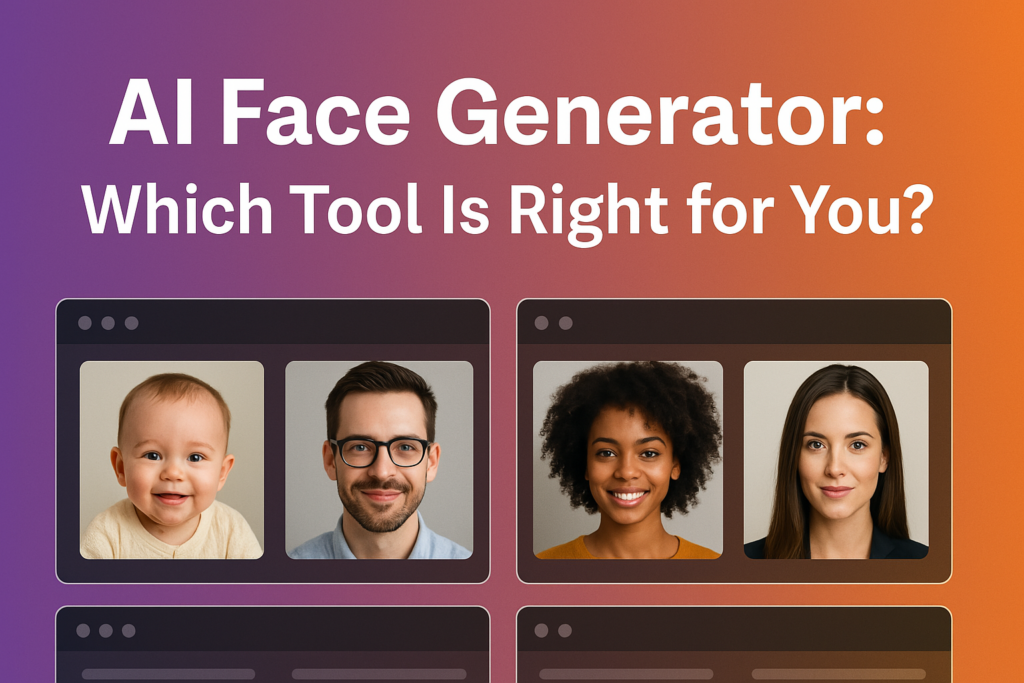In the field of technology, the pace of innovation never stops.
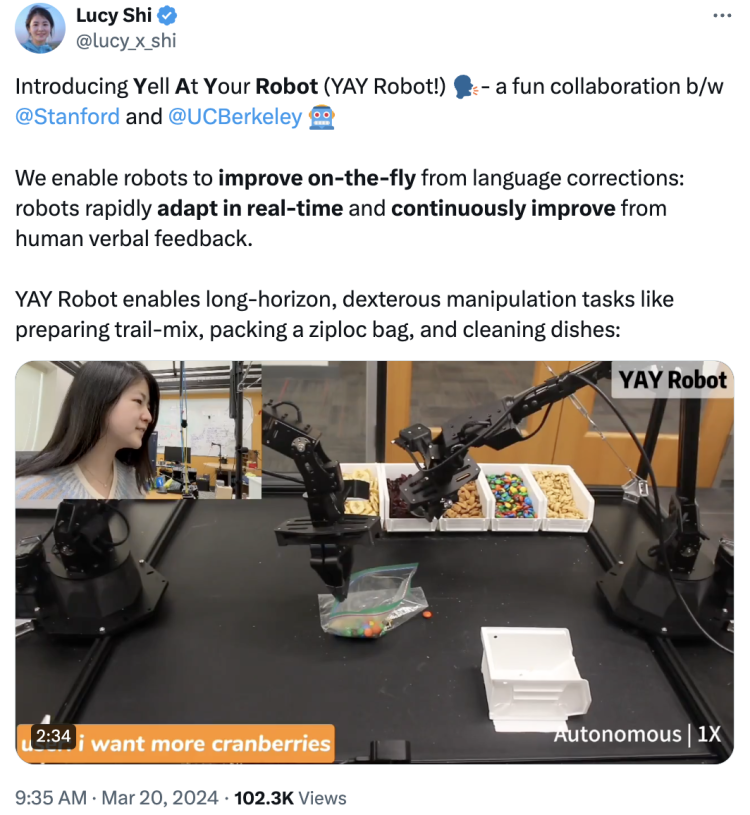
Recently, top professors from Stanford University and the University of California, Berkeley, teamed up to start a venture aimed at creating intelligent brains for robots. This initiative has attracted the attention of prominent investors such as OpenAI and Sequoia Capital, who have pledged substantial investments. It is reported that this entrepreneurial project has already secured commitments of up to $500 million in investment.
Physical Intelligence
Professor Chelsea Finn from Stanford University and Professor Sergey Levine from Berkeley are leading this venture. Their company, Physical Intelligence, or Pi for short, aims to seamlessly integrate the physical world with intelligent technology. The goal of Pi is to develop software that can add advanced intelligence to various mechanical devices, ultimately building a universal AI model that can control any robot to perform any task.
On the technical front, Pi faces significant challenges. They need to integrate cross-platform strategies for robots, transfer learning from visual and language models, and master flexible skills through imitation learning. To achieve this goal, Pi plans to collect an unprecedented scale of robot data, improve algorithms, and train large-scale models, tackling all the technological requirements to introduce AI into the physical world.
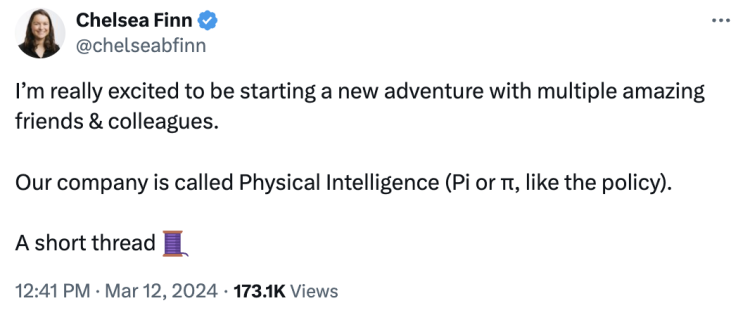
The founding team of Pi consists of world-class engineers, scientists, roboticists, and entrepreneurs. They are developing foundational models and learning algorithms that drive today’s robots and future physical devices. Notably, the team includes Lucy Shi, a Chinese member who is researching at Stanford University and is passionate about future robot learning.
The market has high expectations for general robotics technology
The scale of funding for this entrepreneurial project reflects the market’s high expectations for universal robot technology. It is reported that within less than a month of its establishment, Pi has already been pre-committed by several venture capital firms, including OpenAI and its early investors Khosla Ventures, Sequoia Capital, and Lux Capital, securing a significant investment of $70 million. This is not only due to the tremendous technological prospects of the company in the robot race but also a bet of confidence in the strength of the founding team.
OpenAI, as a leader in the field of artificial intelligence, has a significant impact on its support for Pi. OpenAI completed a new round of financing last year, raising $10.3 billion, with a valuation of $27 billion to $29 billion, demonstrating its influence and investment capability in the field of artificial intelligence. Sequoia Capital, as a globally renowned venture capital firm, is also investing in Pi, recognizing the company’s future development potential.
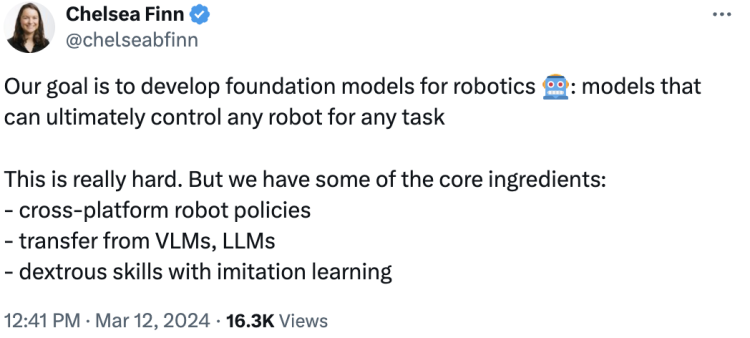
The entrepreneurial plan of Pi is not only a technological breakthrough but also a bold exploration of future business models.
They are not focusing on specific types of robotic arms or industrial robots but plan to develop software that can be applied to various types of robots. They will not manufacture their hardware but will accumulate the largest scale of robot data to date by solving engineering problems, building models, and purchasing various robots for training.
In the field of artificial intelligence, the importance of data is self-evident. Pi’s goal is to achieve intelligent “see, hear, and say” interactions for humanoid robots through ChatGPT, showing people the huge potential of combining large models with robots. They hope to combine advanced language modeling techniques with their machine control and instruction technology to create a universal artificial intelligence system that can be used on any hardware, on any platform, and with a wide range of task execution capabilities.

Pi’s entrepreneurial plan and OpenAI’s investment actions both demonstrate the rapid development and broad application prospects of artificial intelligence technology. With the continuous progress of technology and the continuous injection of capital, we have reason to believe that future robots will be more intelligent and better serve human society. This entrepreneurial story of Stanford and Berkeley professors will undoubtedly inspire more researchers to join the field of artificial intelligence, jointly promoting technological progress and social development.
